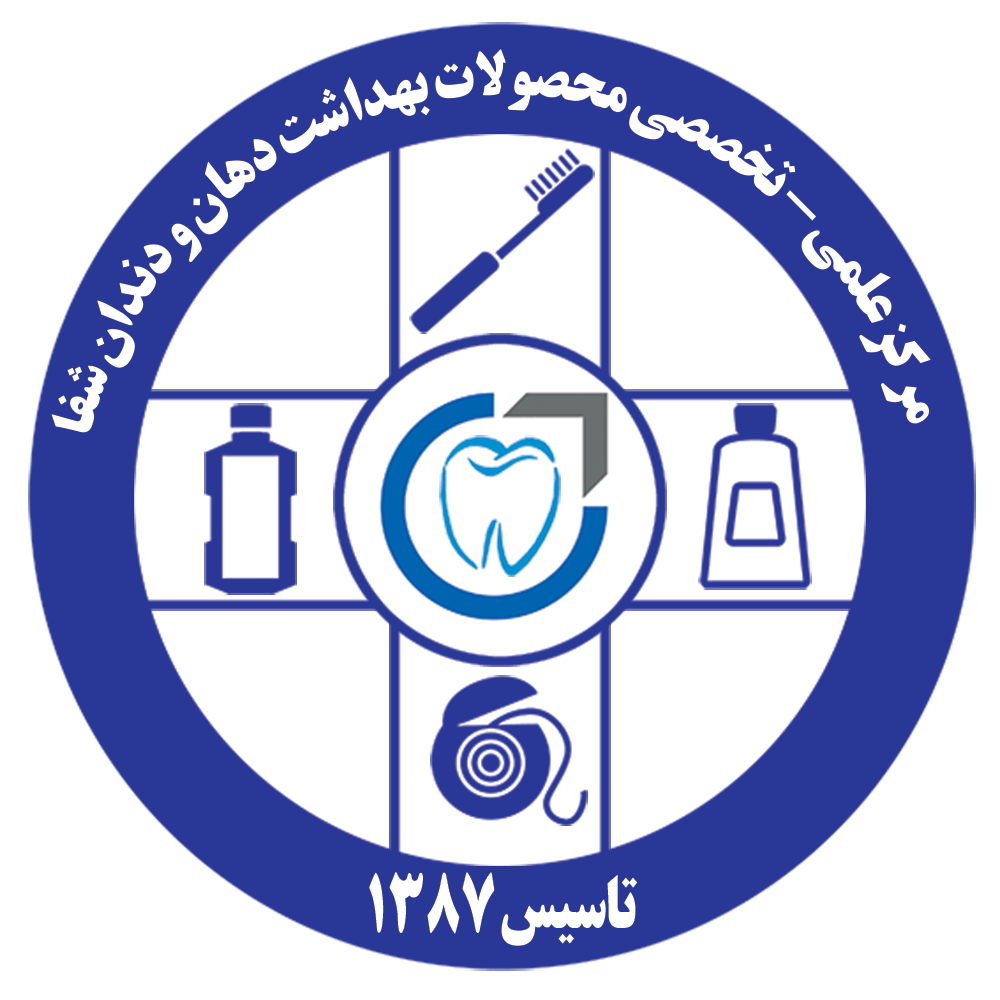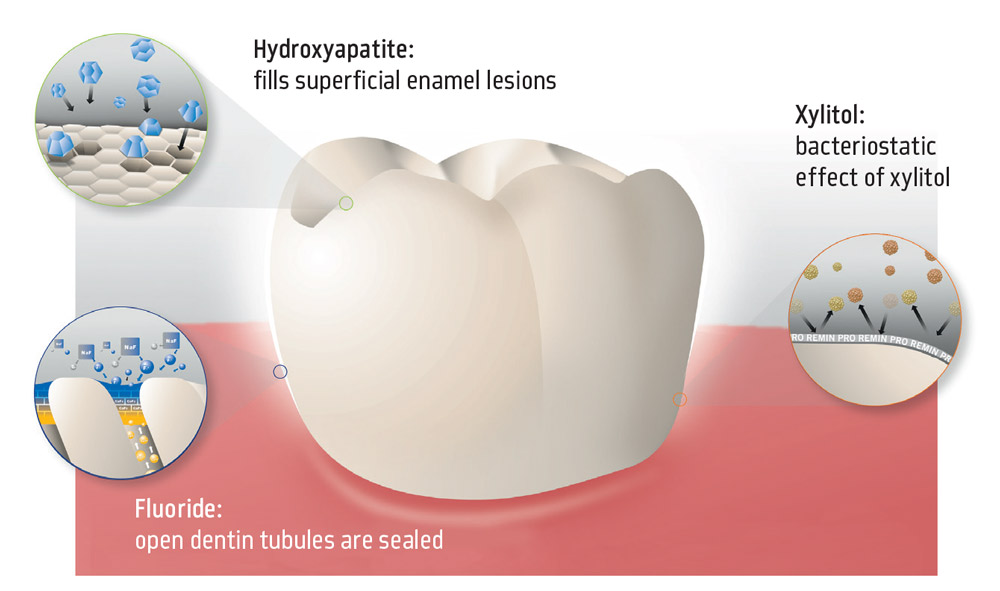مقایسه آزمایشگاهی میزان بسته شدن توبولهای عاجی تحت تأثیر یک خمیردندان حاوی هیدروکسی آپاتیت کربناته نانو ساختار تولید داخل با یک خمیردندان فلورایده
چکیده
Background and Aims: Increased tooth sensitivity is a common dental problem. One of the mechanisms of dentin hypersensitivity treatment is blocking dentinal tubules. The aim of this study was to compare the average closing dentinal tubules affected by carbonated Nano-hydroxyapatite and fluoride toothpaste using scanning electron microscope (SEM). Materials and Methods: The enamel of gingival buccal crown surfaces of 42 sound maxillary premolars teeth were removed until the dentin surfaces were exposed. The dentine specimens of 3×3 mm were prepared. The specimens were washed by distilled water after etching and randomly divided into 6 groups. 3 groups were interfered with the carbonated nano-hydroxyapatite toothpaste and the other three groups interfered with Colgate toothpaste in 3, 7 and 14 days. The samples were examined by SEM to check the status of dentinal tubules. Then, they were evaluated by two researchers according to the Hulsmann index. Data were analyzed by using SPSS23 software and Kruskal-Wallis statistical test. The significance level of 0.05 was considered. Results: The amount of dentinal tubules closure by the two toothpastes was significantly different. This difference was higher in the hydroxyapatite toothpaste than fluoride which were (P=0.024, 0.004 and 0.000), respectively. There were no significant differences among the groups in 3,7 and 14 days (P=0.230, 0.069, 0.537). Conclusion: The toothpaste containing carbonated nano structural hydroxyapatite was more successful in closing dentinal tubules than Colgate toothpaste in short period of time




